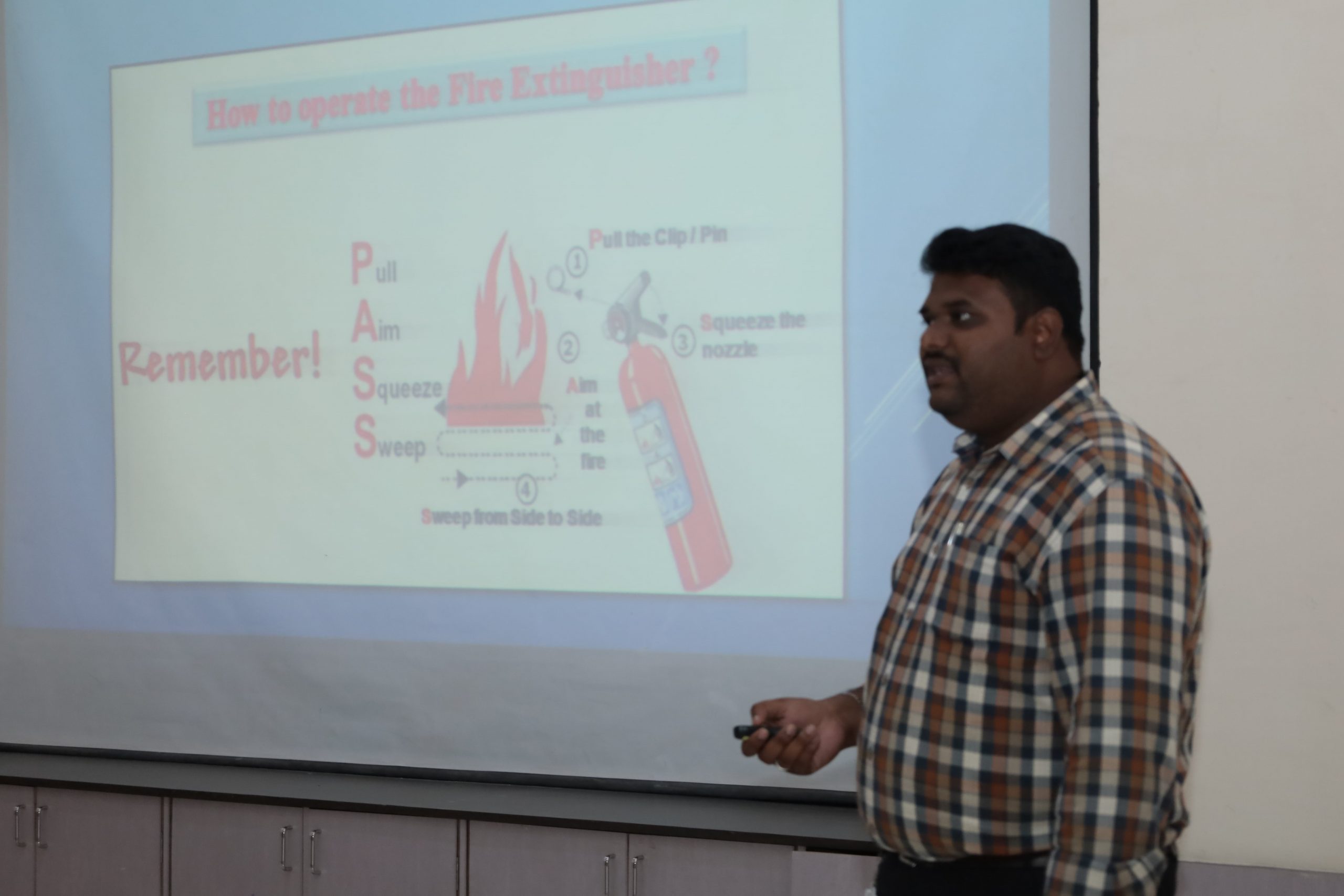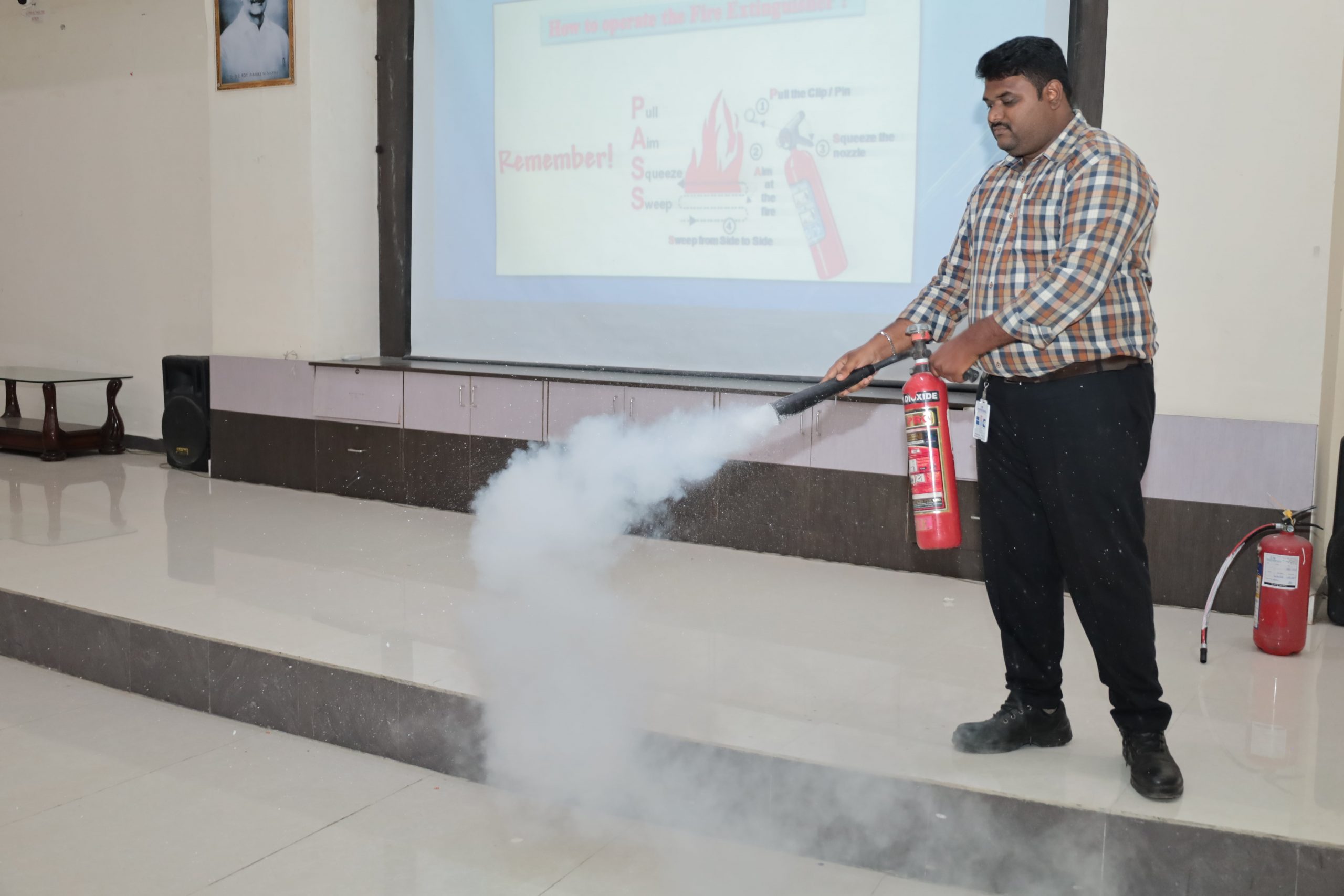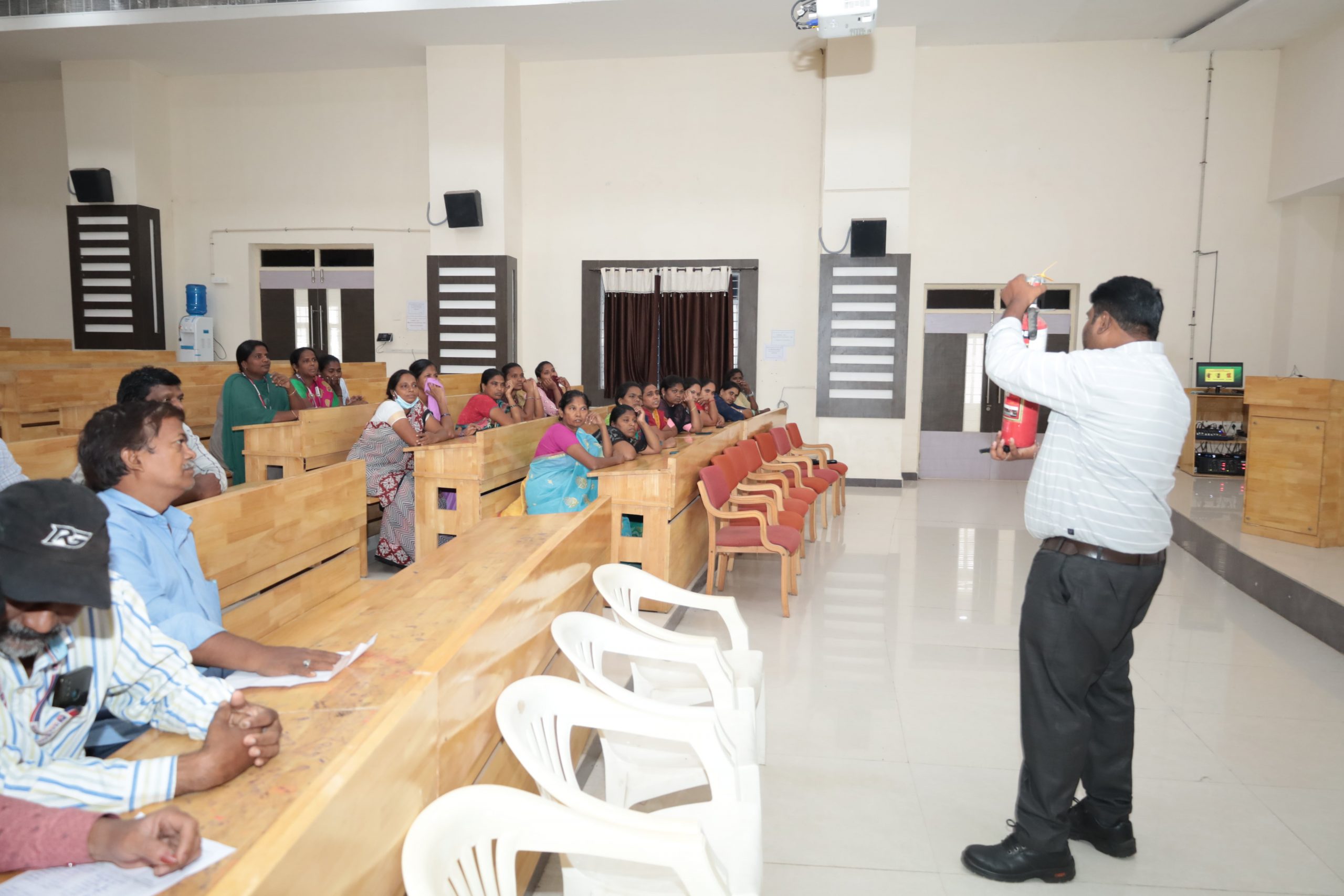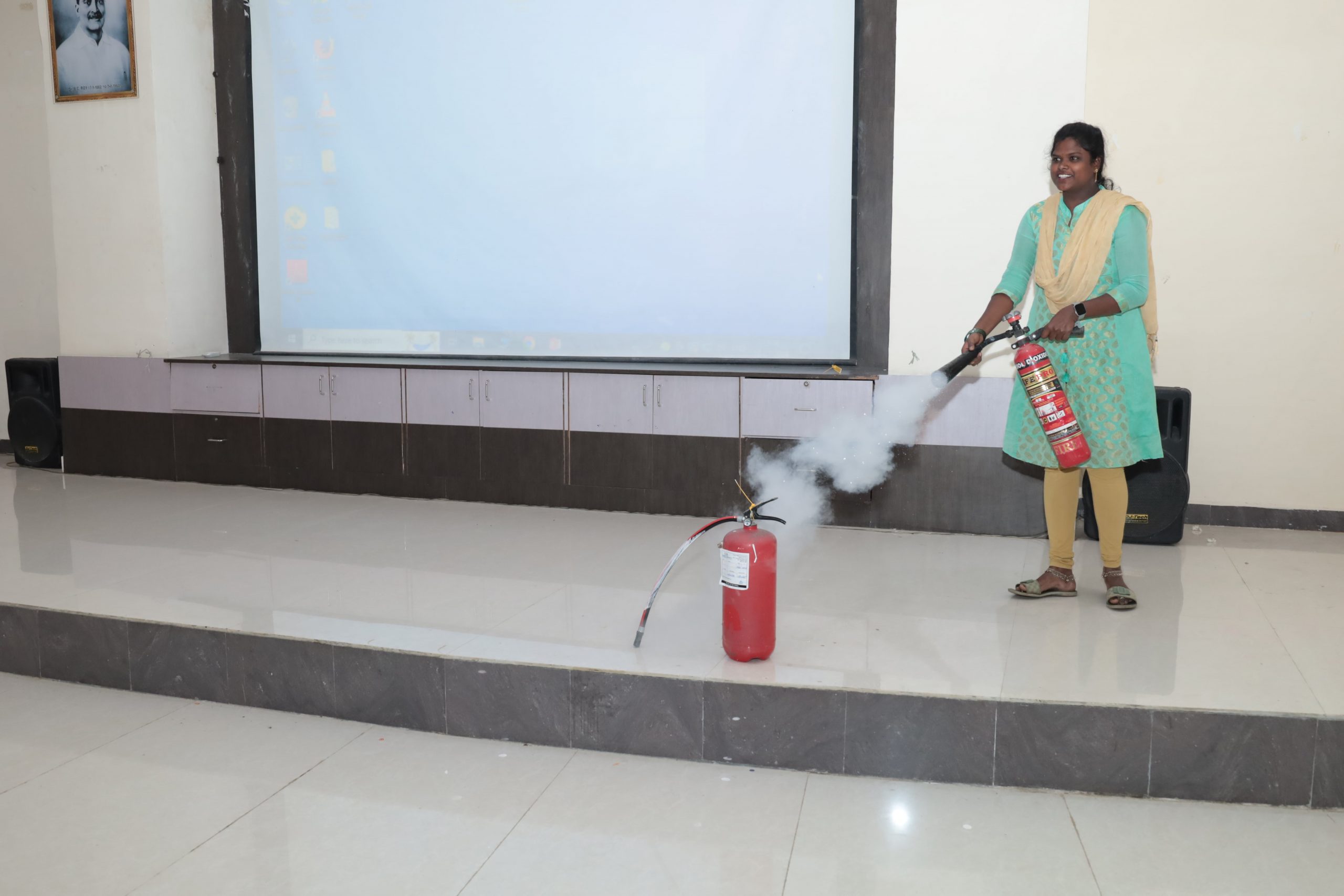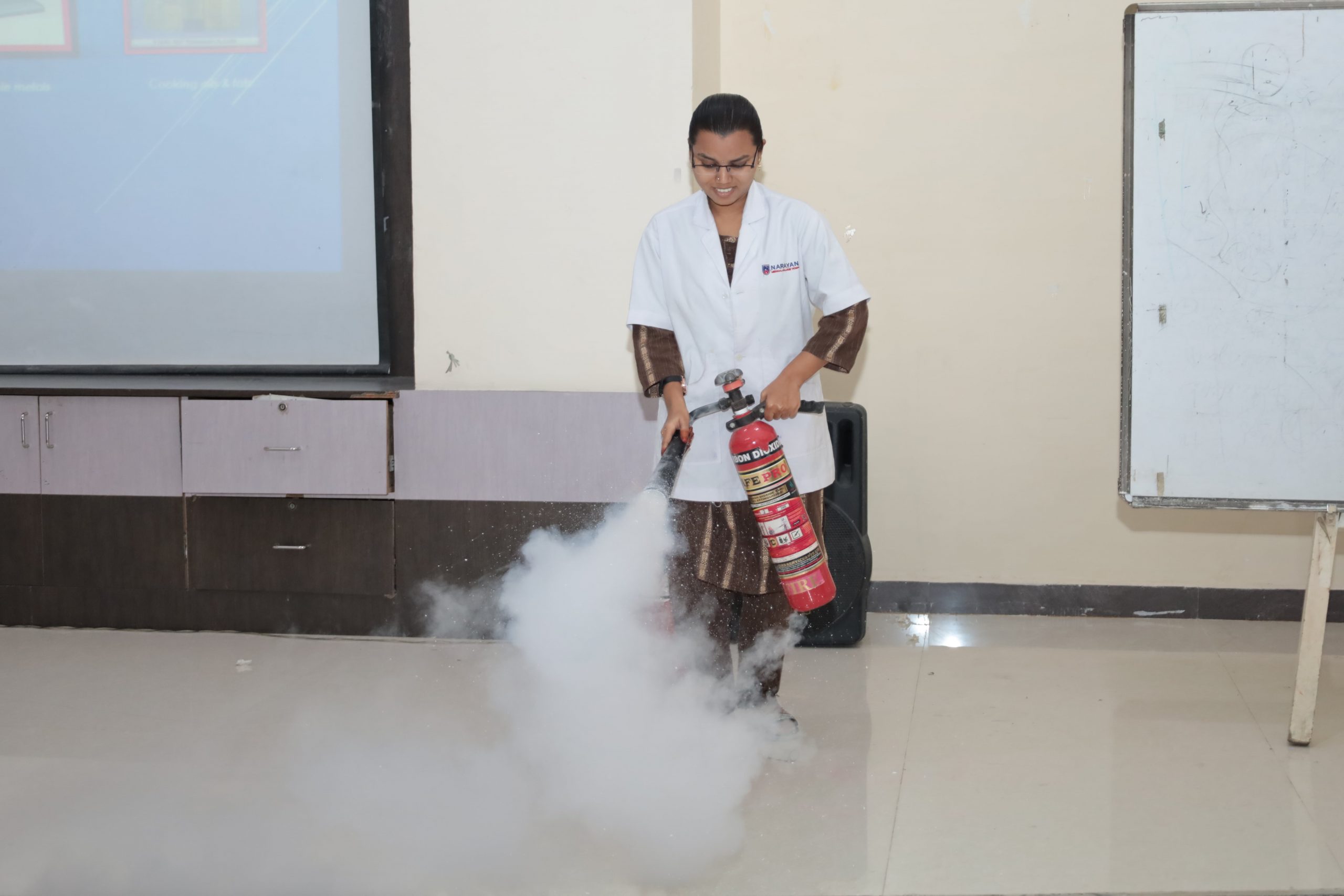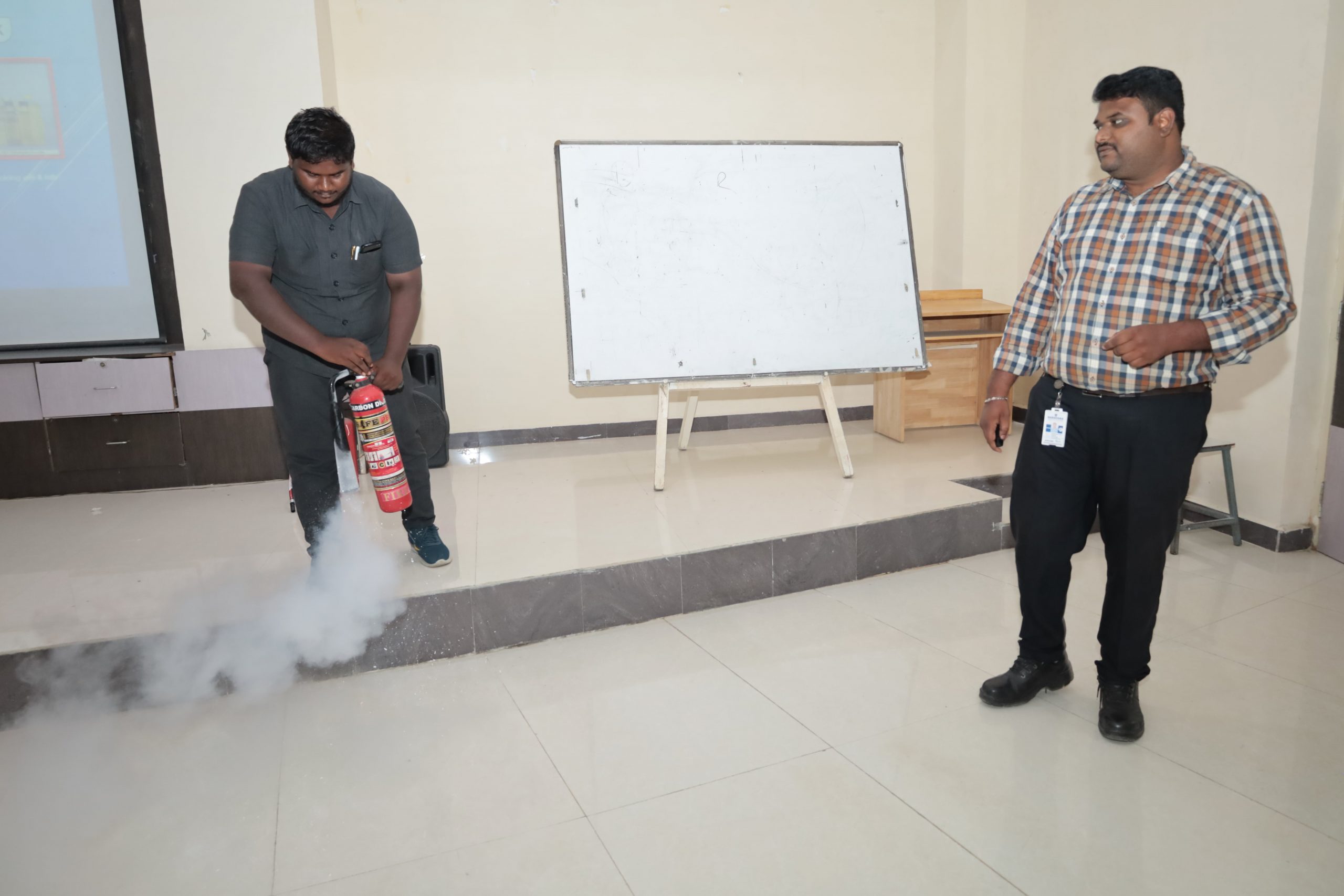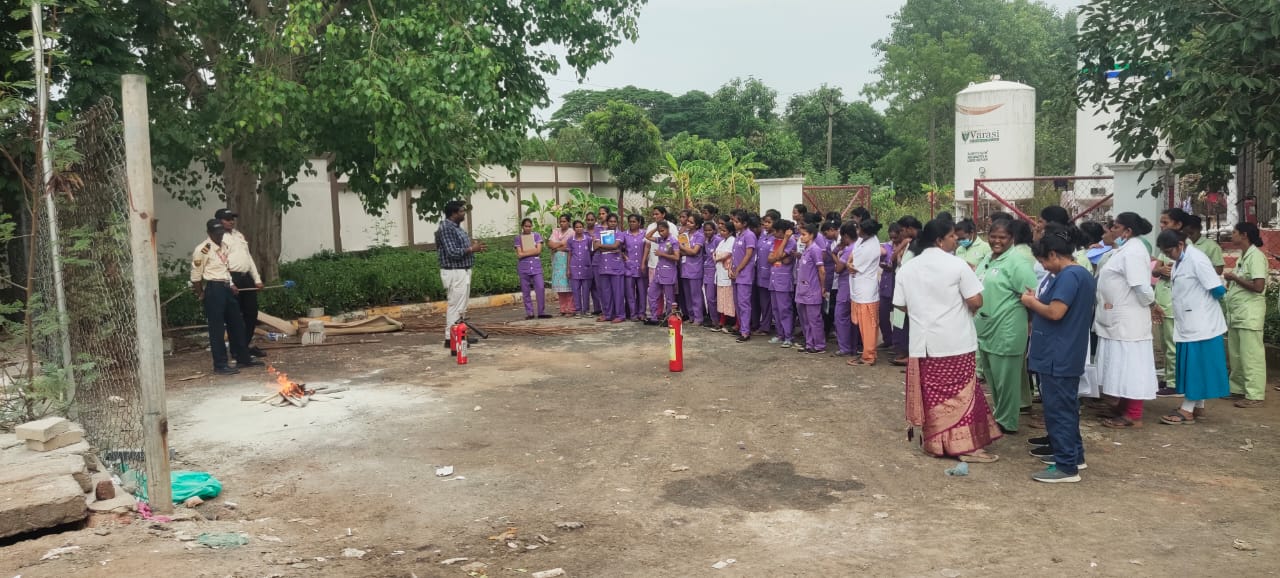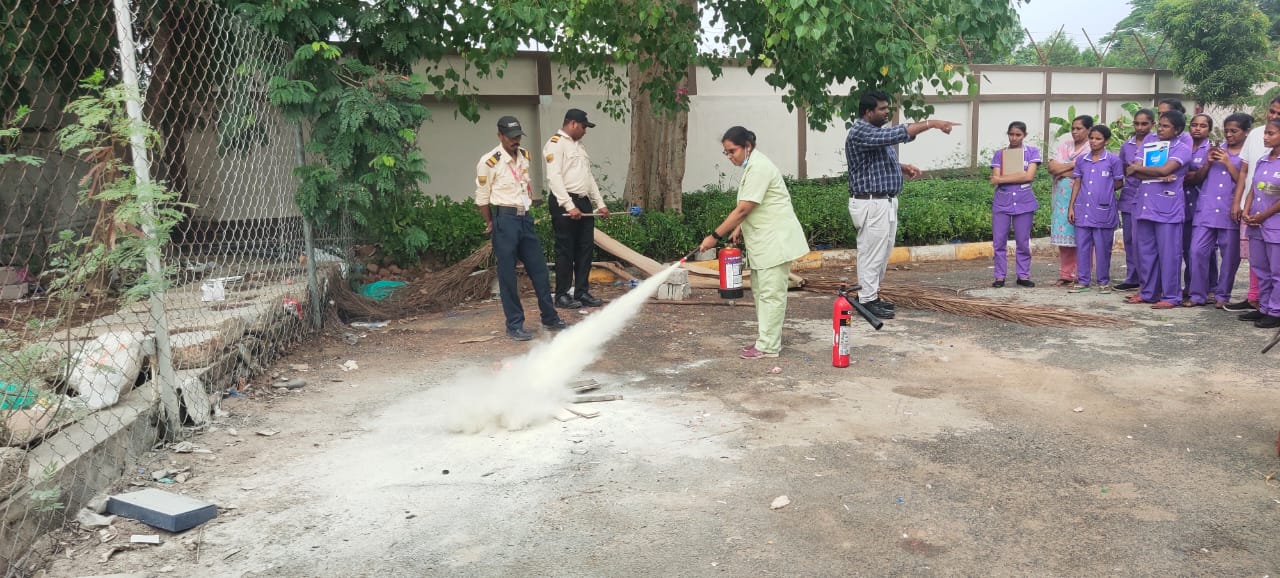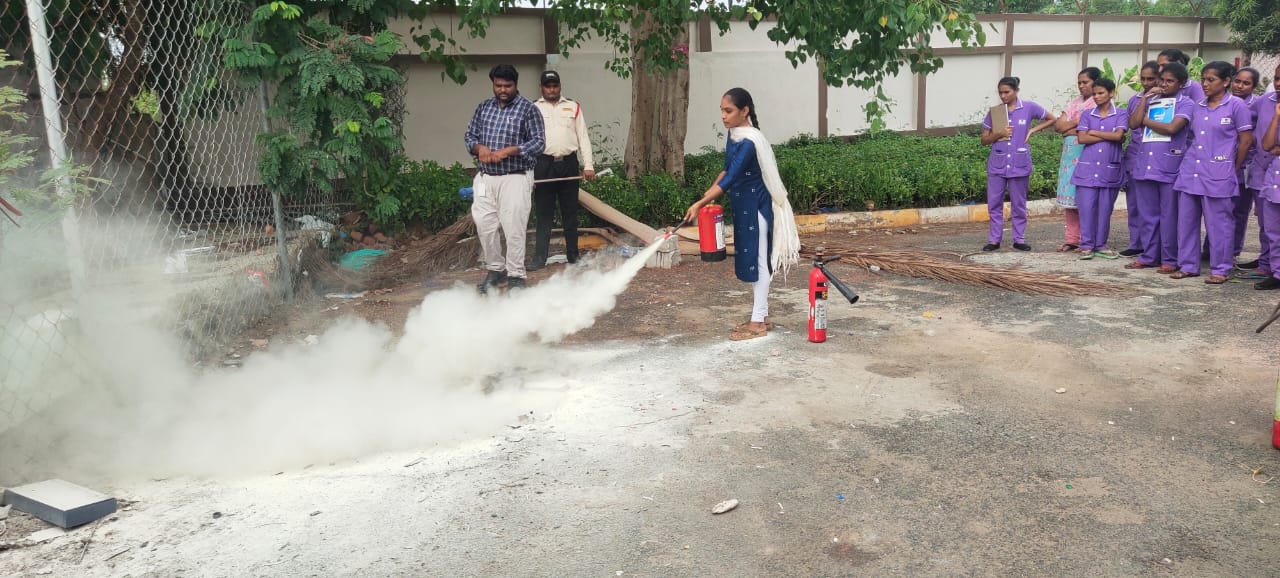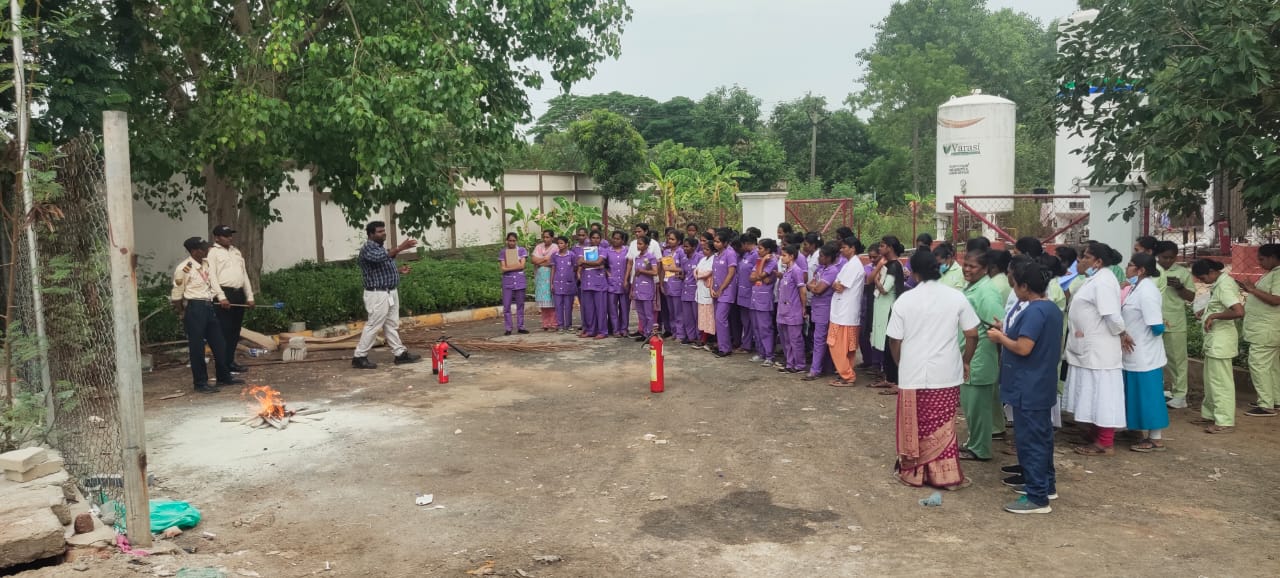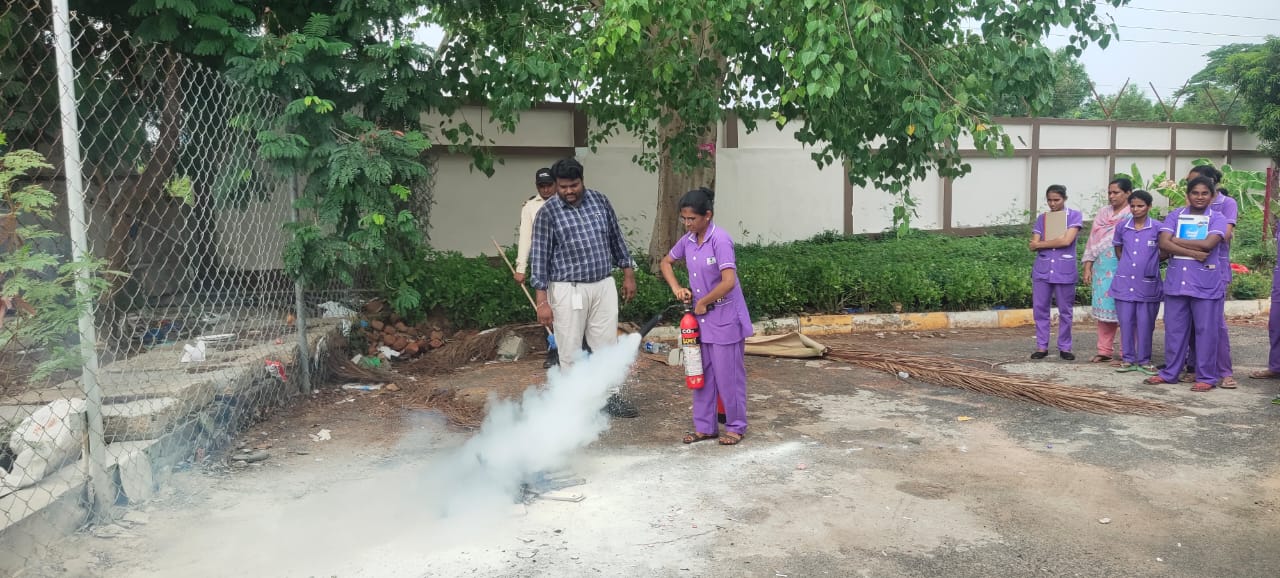Fire Safety Training
The Department of Safety and Security successfully conducted comprehensive Fire Safety Training sessions on the 12th and 16th of July 2024. These sessions aimed to equip staff members with essential knowledge and practical skills to handle fire emergencies effectively. A total of 150 staff members participated in the training, which included both theoretical explanations and practical demonstrations.
Training Highlights:
- Theory Sessions:
- Fire Safety Fundamentals: Participants were introduced to the basic principles of fire safety, including the types of fires, fire hazards, and fire prevention strategies.
- Core Red 666 Safety Protocol: An in-depth explanation of the Core Red 666 Safety Protocol was provided. This protocol encompasses critical steps and measures to ensure safety and efficiency during fire emergencies.
- Emergency Response Planning: The importance of having a well-structured emergency response plan was emphasized. Key components such as evacuation routes, assembly points, and communication protocols were discussed.
- Practical Demonstrations:
- Use of Fire Extinguishers: Hands-on training on the proper use of various types of fire extinguishers was conducted. Participants learned how to identify the right extinguisher for different types of fires and the correct technique to use them.
- Evacuation Drills: Simulated evacuation drills were performed to practice safe and orderly evacuation procedures. These drills aimed to familiarize participants with the designated evacuation routes and assembly points.
- First Aid and Emergency Care: Practical demonstrations on administering basic first aid and emergency care to fire victims were conducted. Participants were taught how to handle burns, smoke inhalation, and other fire-related injuries.
- Core Red 666 Safety Protocol Explanation:
The Core Red 666 Safety Protocol is a comprehensive guide to managing fire emergencies effectively. Key aspects covered included:
- Detection and Alarm: Understanding the importance of early detection and alarm systems to alert occupants promptly.
- Containment: Strategies to contain the fire and prevent it from spreading, including the use of fire doors and barriers.
- Extinguishment: Proper techniques for extinguishing small fires using fire extinguishers and other firefighting equipment.
- Evacuation: Efficient evacuation procedures to ensure the safe exit of all occupants from the building.
- Communication: Effective communication methods to coordinate with emergency responders and relay critical information.
- Post-Emergency Actions: Steps to be taken after the fire has been controlled, including reporting, investigation, and debriefing.
Conclusion:
The Fire Safety Training sessions held on the 12th and 16th of July were highly successful in enhancing the fire safety awareness and preparedness of our staff members. The combination of theoretical knowledge and practical skills provided participants with a comprehensive understanding of fire safety measures and emergency response techniques. By implementing the Core Red 666 Safety Protocol, our organization is better equipped to handle fire emergencies and ensure the safety and well-being of all its members.
COURSES OFFERED
Copyright © . Narayana Medical College & Hospital. All rights reserved.


 CINEC
CINEC